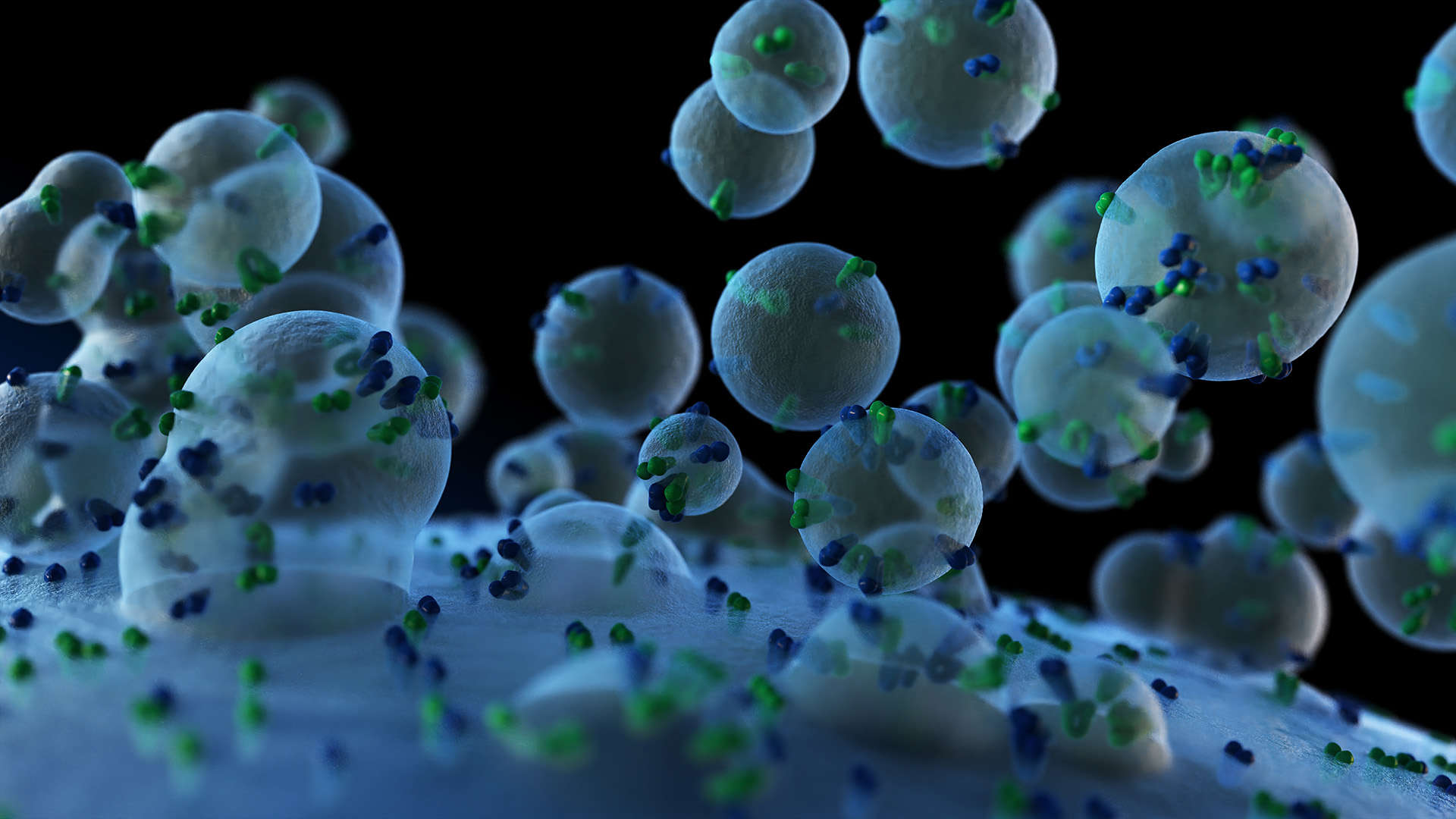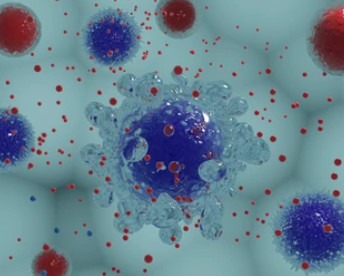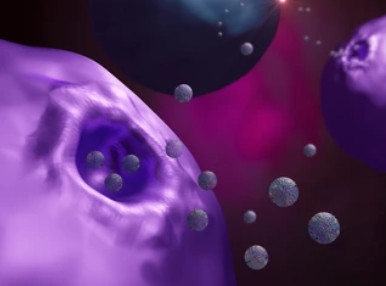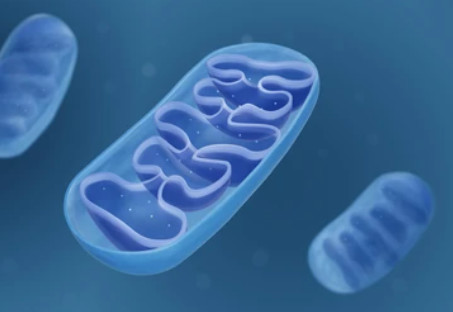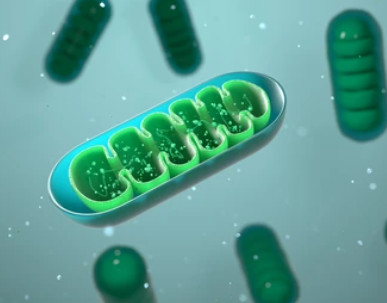Membrane Protein Identification Service
Online InquiryAbout 30% of the proteins in cells are membrane proteins. Membrane proteins play a key role in different cellular processes, such as cell signal transduction, substrate transport, homeostasis control, and immune surveillance. In addition, they represent 60% to 70% of currently used therapeutic targets. Therefore, the identification and characterization of membrane proteins is crucial in many research fields.
However, due to the characteristics of membrane proteins, the identification of membrane proteins has the following
difficulties:
1) Membrane proteins are hydrophobic and have low solubility, which is not suitable for the
usual identification methods of soluble proteins;
2) Relatively low abundance;
3) The lack of target
amino acid residues in the transmembrane domain makes protein digestion;
4) The glycosylation side chain on
the membrane protein will affect the enzymolysis of the protease.
Creative Proteomics aims to provide high-quality proteomics-related services to customers in various fields. Our scientists have developed a membrane protein identification platform based on professional knowledge and advanced equipment to solve the difficulties of membrane protein research and help accelerate the progress of your project.
The process of membrane protein identification service
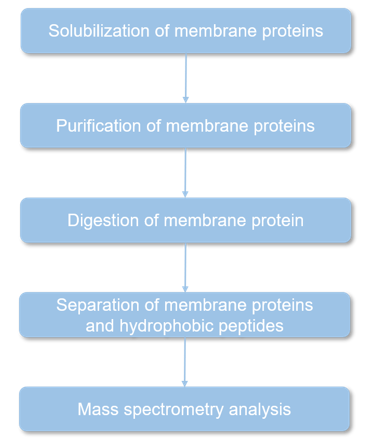
Technology platform of membrane protein identification
- Reagents for membrane protein solubilization:
Sodium deoxycholate (SDC), perfluorinated detergents such asthe perfluorooctanoic acid (PFOA), different chaotropes including urea and guanidinium hydrochloride, methanol, chloroform, chloroform/methanol/water mixture, acetone, etc. - Methods of membrane protein purification:
a. Affinity purification: Our high-quality affinity purification matrix can purify proteins fused with tags such as His, Rho1D4, GST, or strep tags.
b. Nanodiscs and nanoparticles - Methods of digesting membrane proteins
a. Filter-aided sample preparation (FASP)
b. In-gel digestion: Tube-gel - Separation method of membrane protein and hydrophobic peptide
a. Reverse phase liquid chromatography (RPLC) and size exclusion chromatography (SEC)
b. Electrocapture
Advantages of the membrane protein identification service:
- One-stop service: According to your samples and needs, select suitable reagents and methods to customize your exclusive solution.
- High performance mass spectrometry system: Equipped with Q Exactive Hybrid Quadrupole-Orbitrap and Agilent 6540 Q-TOF high performance mass spectrometer with multiple mass spectrometry techniques such as SRM, PRM and SWATH full scan collection, which effectively improving the identification and quantification of low abundance subcellular related proteins.
- High protein coverage: when the analysis is directed to the complete membrane protein, the proteins related to the transmembrane domain can also be detected.
- Fast turnaround time: 3-7 days working days.
References
- Prados-Rosales R C, et al. Strategies for Membrane Protein Analysis by Mass Spectrometry. Advancements of Mass Spectrometry in Biomedical Research, 2019: 289-298.
- Zhan L P, Liu C Z, Nie Z X. Mass Spectrometry of Membrane Proteins//Membrane Biophysics. Springer, Singapore, 2018: 285-317.
Related Services
* For Research Use Only. Not for use in diagnostic procedures.


